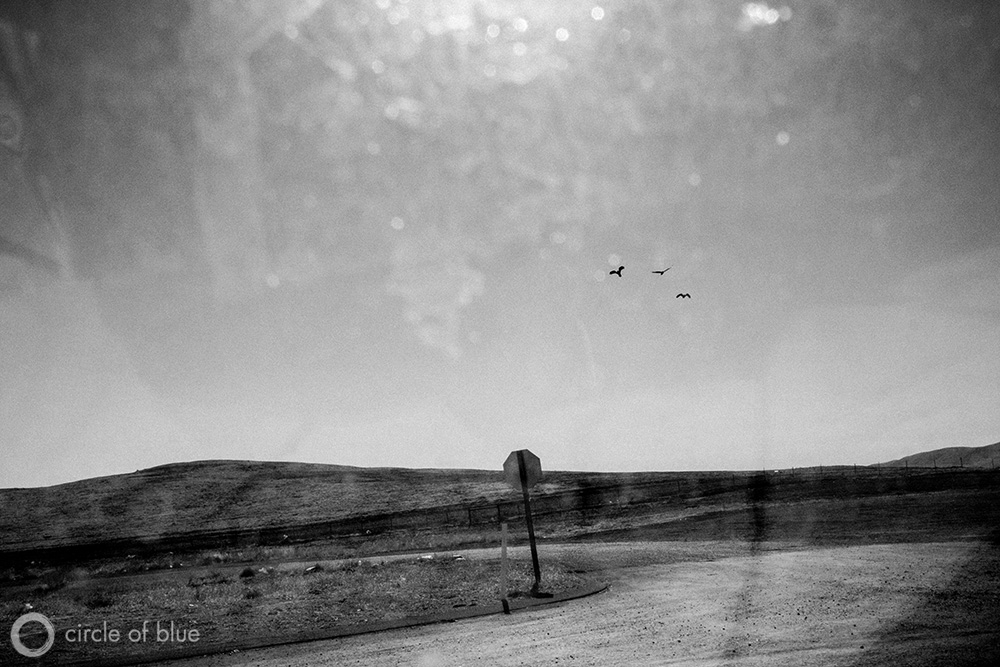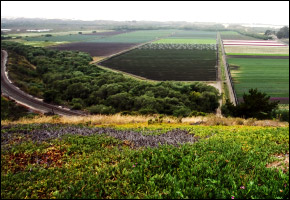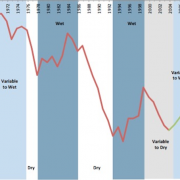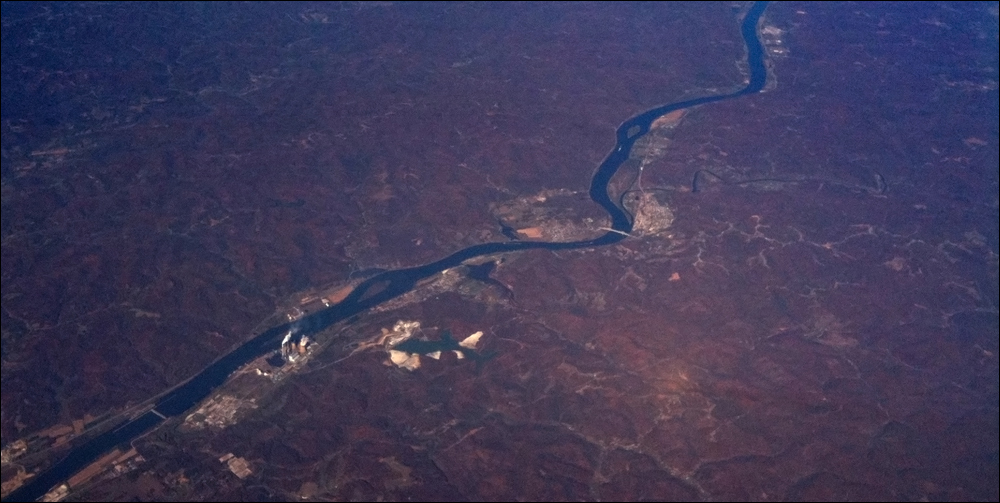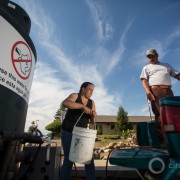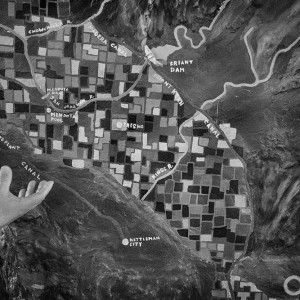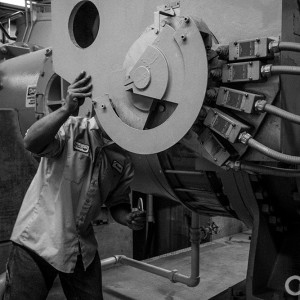Big Water Supply Project Creates Unease in Delta
On the southern outskirts of Sacramento, a maze of tidal sloughs and wide rivers, the San Joaquin Delta is reminiscent of a Louisiana bayou. On a sweeping curve in the Sacramento River, on one of the Delta’s myriad islands, Doug Hemly grows pears and apples in a 160-acre orchard that has been in the family for roughly the same number of years.
A fifth generation Delta farmer, the Hemlys live in the late-1800s colonial-style house that lies at the entrance to the farm – testament to that long tenure. “One brother went into the gold mines and the other stayed to farm in the Delta,” says Hemly. “I don’t need to tell you which brother made the money and which one made nothing.”
Today Greene and Hemly Farms is one of the largest growers of pears and apples in the state. But their property happens to lie at the very spot where one of the three proposed Sacramento River intakes (or “outtakes” as Hemly prefers to call them) for the massive tunnels of the Bay Delta Conservation Plan would be sited.
The effects on the farm are expected to be massive, as the tunneling machines excavate huge quantities of debris on the proposed 657-acre site. “It’s been hard not to take it personally. It’s like someone up there [in Sacramento] was looking at a map and asking, ‘Where’s Doug Hemly’s property?’” says Hemly. “No one around here has been brought into the process by the state in the spirit of cooperation.”
But it’s not merely the impact the tunnels would have to his land that concerns him, but the hydrology of the entire Bay-Delta system. “I’m a NIMBY, yes,” says Hemly, who says he saw something of the future in the Delta during a vacation to Uzbekistan, where he took a trip to the Aral Sea, a body of water in the former Soviet Union decimated by water diversions. “But I also can’t just sit by and watch the Delta be destroyed.”
Like Hemly, many in the area see the Bay Delta Conservation Plan as yet another water grab by interests in southern California. Signs reading STOP THE TUNNELS are planted atop levees and on the bumpers of cars in the parking lot of Giusti’s Place, a dark bar and restaurant under a high levee on the outskirts of the town of Walnut Grove.
Governor Jerry Brown has pushed the project vigorously, citing benefits for both the ailing ecosystems of the Delta and the users who depend on water exported from here. In addition to the project’s signature 40-foot diameter tunnels – each of which is wider than the Channel Tunnel, the high speed rail corridor between London and Paris – the plan calls for the restoration of tens-of-thousands of acres of habitat within the project boundaries.
The state frames the project as a “conservation plan.” Many here disagree. They see the BDCP as the reanimation of Brown’s so-called Peripheral Canal project of the early 1980s, during his earlier terms as governor. Like the tunnels, the canal project was meant to ship water from the Sacramento River to the southern half of the state. But in 1982, the plan was rejected by statewide referendum.
Thirty minutes south of Hemly’s property, along the intricate maze of roads that weave over, under and around the area’s extensive network of levees is the wildlife preserve of Staten Island. In early November, hundreds of the gracefully ungainly red-masked birds fly in overhead with an eerie clatter, stalking through shallow pools of water and between jags of cornhusks.
Part of the Pacific Flyway, each year an estimated 15 percent of the Central Valley’s greater sandhill crane population winter here on the 9000-acre island. But the proposed 30-mile path of the underground tunneling machines includes two 90-acre sites in the preserve that would be used as launch and service points for the behemoth drill machines.
“The birds show tremendous fidelity to these sites,” says biologist Erik Ringelberg with the Sacramento engineering firm BSK Associates. “They come back each year to within a few feet of where they were a year before. A massive construction project here will certainly have an impact.”

